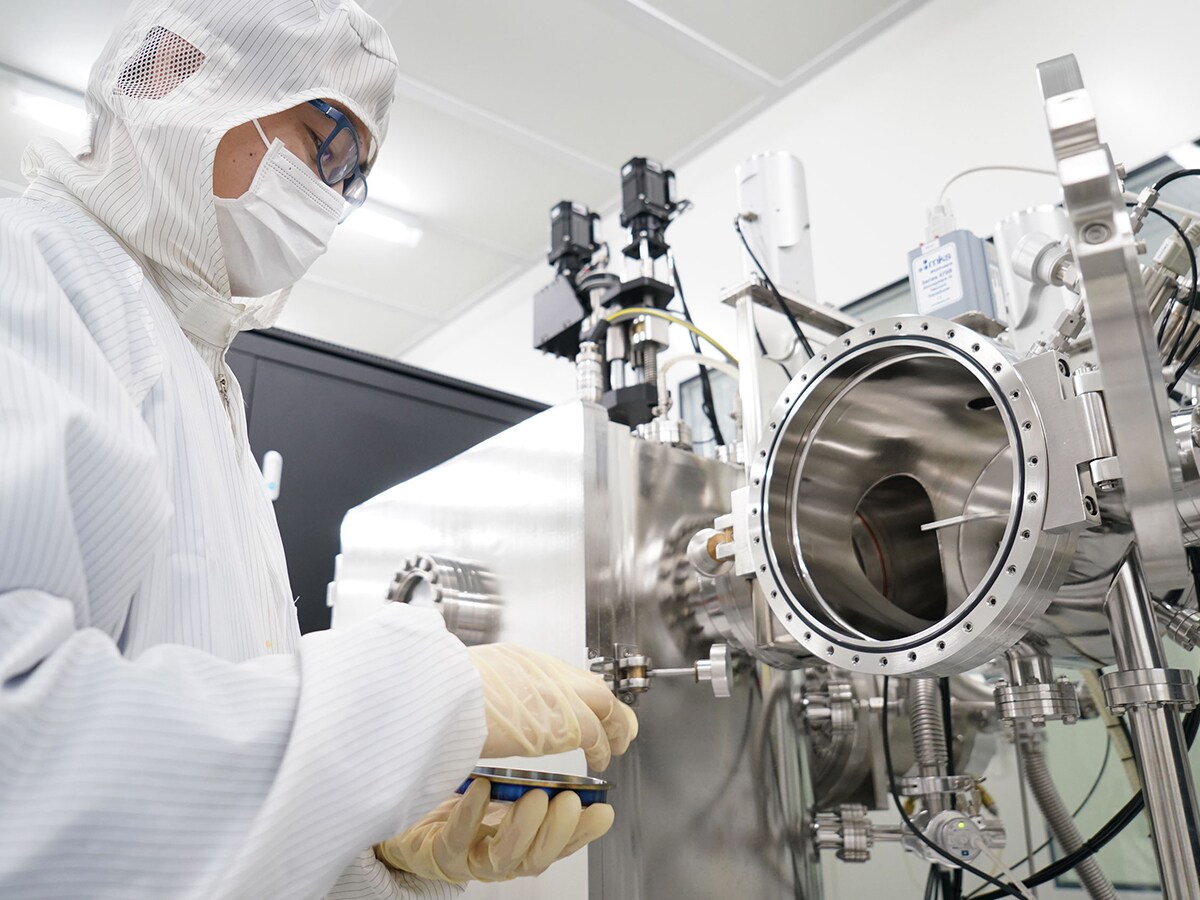Oxford Nanopore’s IPO is one of the most keenly awaited listings in the UK. Spinning out of Oxford University 15 years ago, the biotech start-up specialises in DNA and RNA sequencing technology. In the run up to the listing, the biotech has secured £195m in a fresh fundraising round that has just closed.
Chief among those investors was M&G, stumping up £35m. Other new investors include Temasek and Wellington Management. The IP Group was among the existing investors contributing a further £70m. Tencent [0700.HK] and Singapore wealth fund GIC also have a stake in the company.
£195million
Amount Oxford Nanopore secured in recent fundraiser
Why should investors care about the Oxford Nanopore IPO?
Oxford Nanopore’s IPO is being driven by its technology, which most notably has been used to identify and trace COVID-19 mutations through nanopore sequencing. However, the company’s applications also cover biomedical, pathogen, plant and animal scientific research, infectious disease and critical viral surveillance, among others.
“The technology developed by Oxford Nanopore is being used in a broad range of scientific research applications, including to further biomedical science, to characterise pathogens in microbiology and public health.
‘This is an example of how institutional investors can play an important role in accelerating growth in companies that provide a wider benefit to society,” said M&G’s Jack Daniels.
“This is an example of how institutional investors can play an important role in accelerating growth in companies that provide a wider benefit to society” - M&G’s Jack Daniels
The biotech spin-off from Oxford University, which was closely involved in research that ultimately led to the Oxford vaccine, had previously announced it plans to go public in London in the second half of 2021. Berenburg and Jefferies are handling the listing, which has a £3.9m valuation.
In 2015, it launched its first commercially available device, the MinION portable DNA/RNA sequencer, which was about the size of a large chocolate bar. Since then it has released smaller formats and larger devices “suitable for population-scale human genomics”.
2020 saw Oxford Nanopore become one of the leading lights in sequencing Sars-CoV-2 — the virus that causes COVID-19. A UK government contract for £144m almost tripled its £52m 2019 revenue.
“We believe that an IPO is the start of the next phase of our journey. Gaining access to deeper, international pools of capital would support our ambitious growth plans, enhancing our ability to innovate and scale our manufacturing and commercial functions. It would, we believe, provide us with the resources and flexibility to fulfil our long-term potential,” Oxford Nanopore said in a statement accompanying the IPO announcement.
“We believe that an IPO is the start of the next phase of our journey. Gaining access to deeper, international pools of capital would support our ambitious growth plans, enhancing our ability to innovate and scale our manufacturing and commercial functions” - Oxford Nanopore
Where next for the Oxford Nanopore IPO?
Some investors might raise an eyebrow to read that Oxford Nanopore represents almost half of Neil Woodford’s new Cayman-based fund, according to Investment Week. Woodford had previously backed the biotech in his eponymous equity fund before it imploded in 2019. The administrators, Link Investment Fund, sold that original stake off last year at a fraction of the current valuation — rubbing more salt in the wounds of investors whose money is trapped in Woodford’s old fund.
Still, along with the likes of IP Group and M&G, the biotech is also backed by asset manager Schroders, representing over 16% of its Schroder UK Public Private trust’s portfolio at the end of 2020. Given the institutional backing, it could be worthwhile for retail investors to keep an eye on the IPO.
“[Oxford Nanopore] now has customers across the globe using its technology for a range of scientific research including pathogen analysis, cancer research, agriculture, human genetics and environmental research,” Schroders noted in the trust’s year-end report.
“[Oxford Nanopore] now has customers across the globe using its technology for a range of scientific research including pathogen analysis, cancer research, agriculture, human genetics and environmental research” - asset manager Schroders
Oxford Nanopore follows fellow Oxford-based biotech Vaccitech on the path to IPO. Vaccitech’s biotech platform was used to help develop the Oxford/AstraZeneca vaccine and its IPO is expected to move quickly. However, in what is a blow for the City of London Vaccitech will list in New York. M&G are also among its investors.
Looking more widely, the biotech theme is up 7.92% over the past 12 months (as of 10 May), and down 4.22% for the month. The related genome investment theme is up 25.58% this year, but is down 15.87% over the past month (to 10 May’s close).
Disclaimer Past performance is not a reliable indicator of future results.
CMC Markets is an execution-only service provider. The material (whether or not it states any opinions) is for general information purposes only, and does not take into account your personal circumstances or objectives. Nothing in this material is (or should be considered to be) financial, investment or other advice on which reliance should be placed. No opinion given in the material constitutes a recommendation by CMC Markets or the author that any particular investment, security, transaction or investment strategy is suitable for any specific person.
The material has not been prepared in accordance with legal requirements designed to promote the independence of investment research. Although we are not specifically prevented from dealing before providing this material, we do not seek to take advantage of the material prior to its dissemination.
CMC Markets does not endorse or offer opinion on the trading strategies used by the author. Their trading strategies do not guarantee any return and CMC Markets shall not be held responsible for any loss that you may incur, either directly or indirectly, arising from any investment based on any information contained herein.
*Tax treatment depends on individual circumstances and can change or may differ in a jurisdiction other than the UK.
Continue reading for FREE
- Includes free newsletter updates, unsubscribe anytime. Privacy policy





